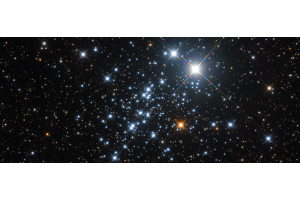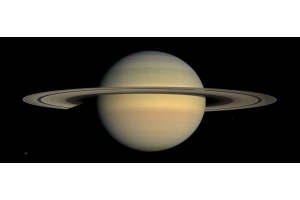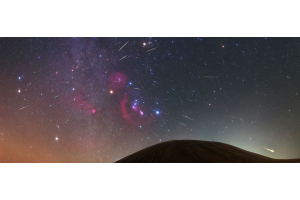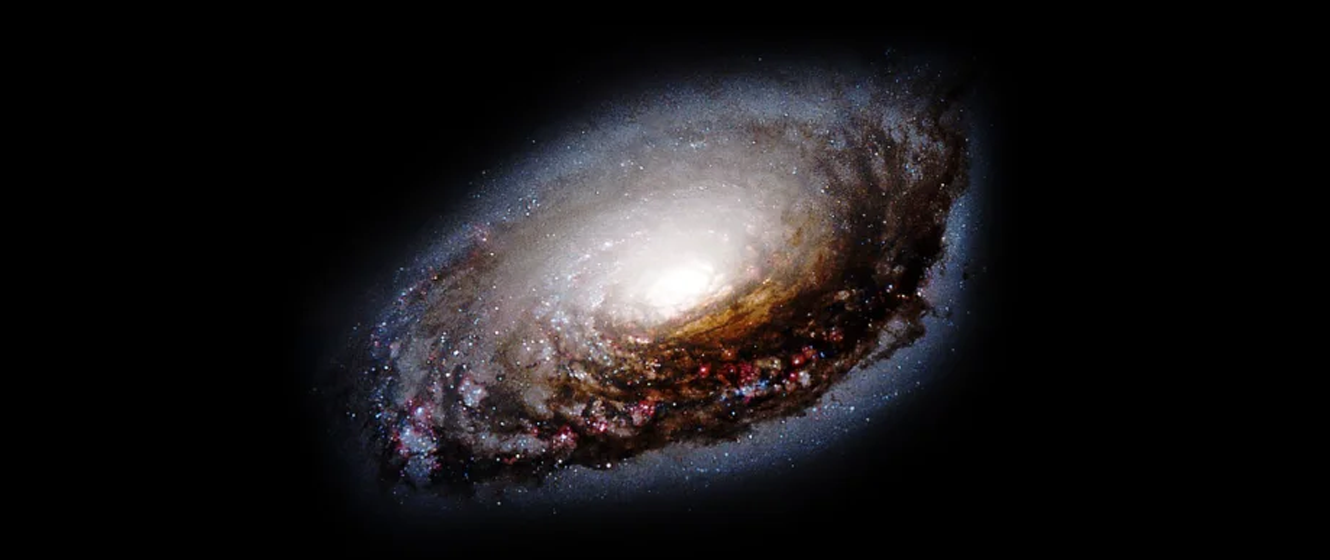
In this episode of What's in the Sky this Month, Teagan reviews some of the beautiful celestial objects you can see in the month of May 2025!

Image credit: Giuseppe Donatiello
Mars & the Beehive Cluster
It takes Mars nearly two years to revisit the same area of sky, and this May we have the opportunity to see it return to the Beehive Cluster in Cancer. They’ll both appear within the same 10x50 binocular view from around April 21st onwards, but if you return to the pair over consecutive nights, you’ll see the gap between them rapidly close.
On May 3rd, the first quarter Moon will appear to the upper right, making the Beehive all but disappear against the brightened background sky. However, on the 4th, Mars appears on the northern edge of the cluster, just 40 arcseconds from its center. The following night, on the 5th, the planet appears on the northeastern edge, but at the same distance. From then on, the distance between them will widen, with your last opportunity to see them together within the same 10x50 binocular field of view coming on the 17th.
OUR NEAREST NEIGHBORS
Uranus is in conjunction with the Sun on the 17th, and therefore isn’t visible this month. Jupiter glints in the evening twilight and is rapidly losing ground against the Sun, but you’ll find a thin crescent Moon nearby on the 27th and 28th. Mars continues its journey through Cancer and remains observable with a telescope for a short time after twilight. A first quarter Moon hangs above it on the 3rd and then returns as a crescent on the 31st. Neptune becomes observable in the morning sky before the onset of twilight from around mid-month onwards, but the predawn hours belong to the remaining planets. Saturn appears to the right of Venus at the start of the month, with the pair being visible from about 30 minutes before sunrise. They’ll then separate, but look out for a waning crescent Moon skipping between them from the 22nd to the 24th. If you want a challenge, try your luck with Mercury during the first half of the month. It’ll appear very low over the eastern horizon and you’ll probably only have about 10-15 minutes before sunrise to spot it. Lastly, this month’s full Moon occurs in Libra on the 12th, and is known as the Flower Moon. The New Moon is two weeks later, on the 26th.
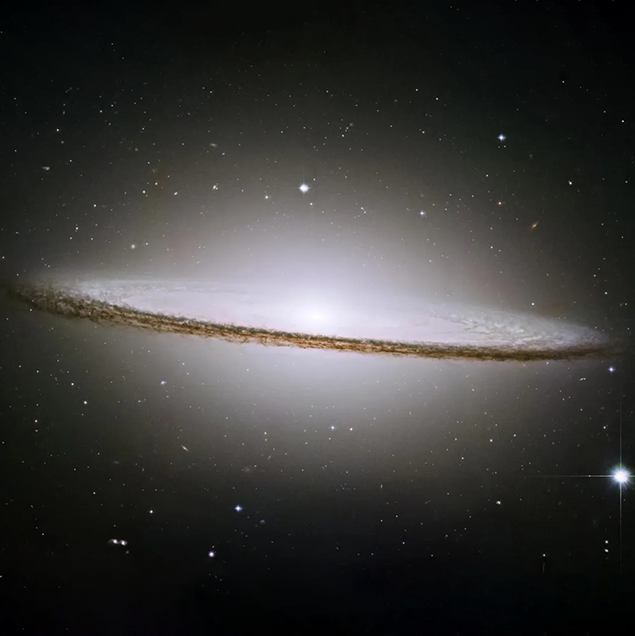
Image credit: NASA and The Hubble Heritage Team (STScI/AURA)
Messier 104 - The Sombrero Galaxy
A relatively bright galaxy in the constellation Virgo, a small scope will show an elongated ellipse with pointed ends. A medium-sized scope will show its dust lane cutting the halo unequally in half, with the smaller portion on the southern side.
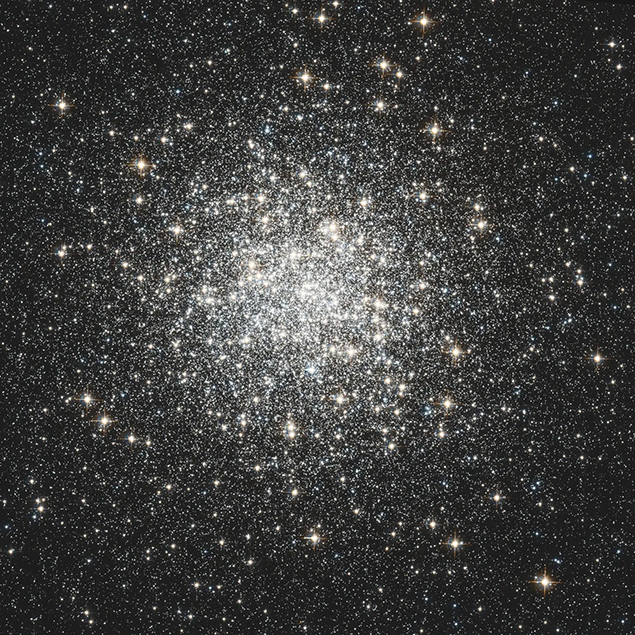
Image credit: NASA, ESA, STScI and A. Sarajedini
Messier 3
One of the best globular star clusters in the sky, M3 looks like a fuzzy star through binoculars, while a small scope will show a bright, circular and compact cluster with some resolution at around 75x.
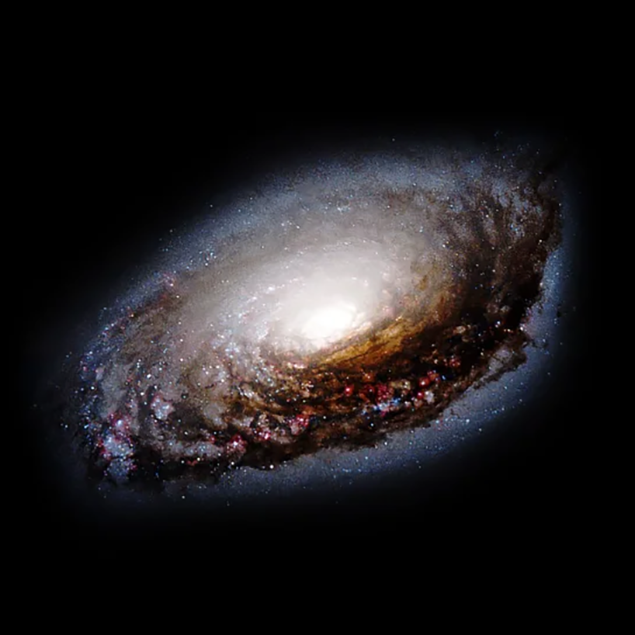
Image credit: Pablo Carlos Budassi
Messier 64 - The Black Eye Galaxy
A fine double star for almost any scope, it’s easily split at low magnification into a white primary and a creamy, fainter secondary.
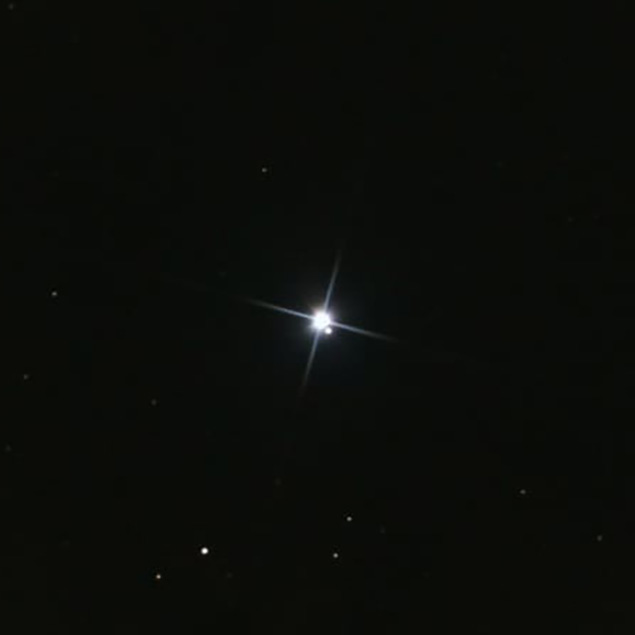
Image credit: www.latinquasar.org
Algorab (Delta Corvi)
A pretty double for almost any sized scope, the pair are easily split at a low magnification of around 35x. The primary appears white, with a much fainter rusty-colored secondary, making for a nice color contrast between the two.
STELLAR CONCEPTS
Globular Cluster: Globular star clusters are densely packed, spherical groups of stars that typically contain hundreds of thousands to millions of stars. Usually located in a galaxy's halo, they are among the oldest objects in the universe, providing insight into early cosmic evolution and galaxy formation. The Milky Way is known to have at least 150 globulars, with 29 being included in the Messier (M) catalog.







